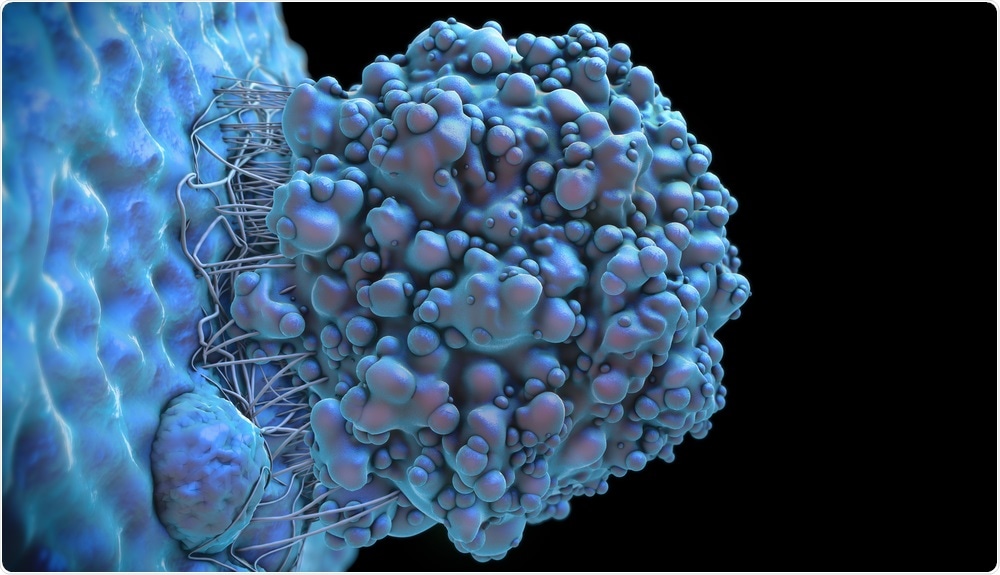Researchers from the Caltech’s Division of Engineering and Applied Science have developed microrobots that could soon transport drugs to regions of the body that are not easily accessible without surgery. In addition, the microrobots their journey inside the body can be monitored from outside the body using sensors.
Their study titled, “A microrobotic system guided by photoacoustic tomography for targeted navigation in intestines in vivo”, was published yesterday in the latest issue of the journal Science Robotics.
 Christoph Burgstedt | Shutterstock
Christoph Burgstedt | Shutterstock
Lihong Wang, Caltech’s Bren Professor of Medical Engineering and Electrical Engineering and lead author of the study said in a statement, “The microrobot concept is really cool because you can get micromachinery right to where you need it. It could be drug delivery or a predesigned microsurgery.”
Wang carried out the research with Wei Gao, an assistant professor of medical engineering and both are at present turning their microrobots to devices used to treat cancers of the digestive system. The other authors on the team included Zhiguang Wu, Lei Li, Yiran Yang, Yang Li, and So-Yoon Yang of Caltech and Peng Hu of Washington University in St. Louis.
The team explains that their microrobots are actually small microscopic spheres of magnesium. These small balls of magnesium are covered with a thin layer of gold and parylene to make them resistant to the digestive enzymes and acids.
Not all of the ball is covered with the coating. The part that remains unexposed acts as a porthole. The magnesium at this hole interacts with the fluids present in the digestive tract and this generates small bubbles. These bubbles propel the microscopic ball forward and take it to the nearby tissues.
This movement of the balls was aimless but to make these movements targeted so that the balls reached where the researchers, wanted them to go, the team made some alterations. Firstly they added the layer of medication between the magnesium ball and the layer of parylene. The whole of the microsphere was covered in paraffin wax to protect it from the acids in the stomach.
Wang and Gao next attached a photoacoustic computed tomography (PACT) to the ball that uses pulses of infrared laser light to help reach these balls to the right spot. The infrared light emitted from the microrobots is easily diffused through the tissues into the hemoglobin in the red blood cells.
The hemoglobin molecules, as a result, begin to vibrate and give out ultrasonic waves. These ultrasonic waves are picked up by devices outside the body that use the waves to compute a picture of the insides of the body.
Laser-Activated Microrobots Deliver Drug Therapy
PACT has been used before by Wang and colleagues to identify certain tumors within the body including breast tumors.
In the study, the researchers used PACT to image the insides of the body and chart out a path for the microrobots to reach the site of action of the drugs. Once the microrobots reach the site of the tumor within the digestive tract, from outside, the researchers provided a high-power continuous-wave near-infrared laser beam in order to activate them.
As the microrobots absorb the beams of infrared light, they heat up and this melts the wax coating over them. Next, the jets bubble up from the porthole and propel the microrobots.
Since the balls are at the site of action, many would actually hit the tumor tissues and the active drug would be released. The balls stuck to the tissues and the medication was released from them, wrote the researchers.
These micromotors can penetrate the mucus of the digestive tract and stay there for a long time. This improves medicine delivery. But because they're made of magnesium, they're biocompatible and biodegradable.”
Wei Gao
Gao and Wang have successfully tried their device on animal models and are looking to move on to clinical trials on humans soon.
They plan on developing and using these microrobots for tumors in other regions of the body as well, they added. Wang hopes that the PACT system will soon be advanced enough to interact with the microrobots and the device could be used on deeper tissues as well.
This study was supported by the National Institutes of Health and Caltech's Donna and Benjamin M. Rosen Bioengineering Center.
Journal reference:
Wu, Z., et al. (2019). A microrobotic system guided by photoacoustic computed tomography for targeted navigation in intestines in vivo. Science Robotics. https://robotics.sciencemag.org/content/4/32/eaax0613